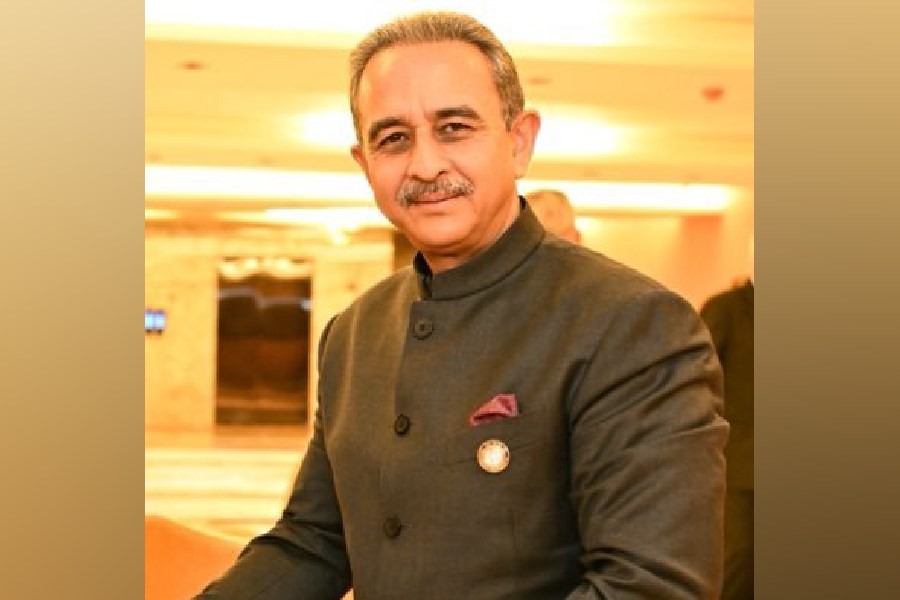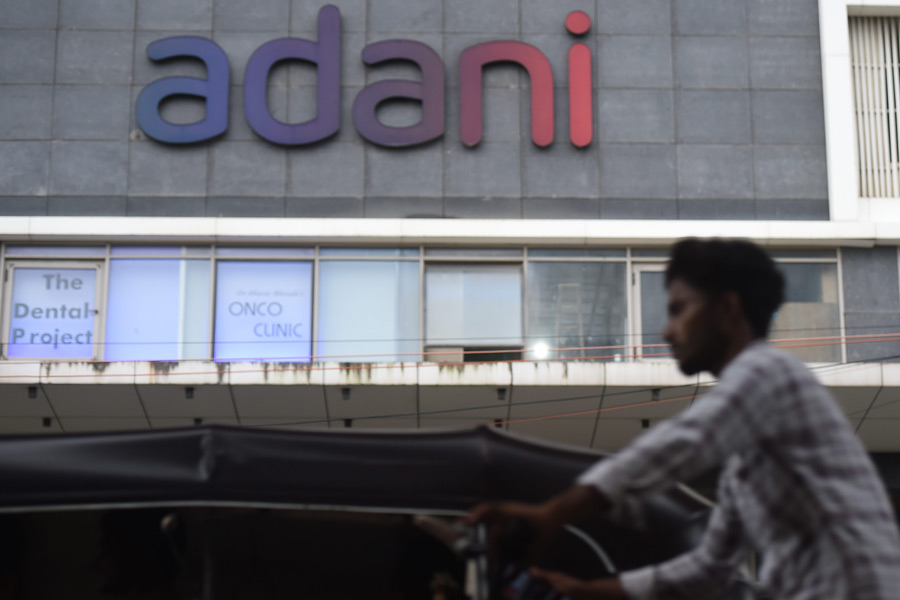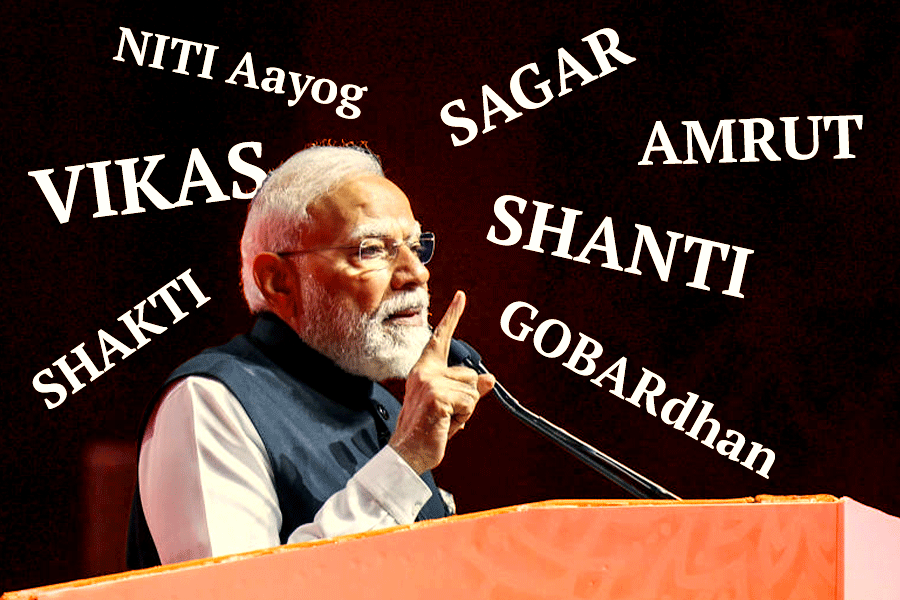New Delhi, July 30: An environmental advocacy group today asked the Indian government to curb the rampant abuse of antibiotics on domestic poultry farms and cautioned against easing imports of chicken legs from the US.
The Centre for Science and Environment (CSE), New Delhi, presenting survey data showing the presence of antibiotics in chicken samples from domestic poultry farms, said antibiotics appear to be abused for animal food production in India and the US.
The CSE has detected antibiotics in 40 per cent of 70 samples of raw chicken from markets in the National Capital Region, adding new evidence for antibiotics abuse in India’s poultry industry already documented by Indian agricultural scientists.
Scientists have long been concerned that the abuse of antibiotics in the poultry industry could accelerate the emergence of drug-resistant bacteria that may move into the human food chain either through chicken, eggs or even the environment.
The CSE said its survey and observations suggest antibiotics are widely abused in India’s poultry industry as both growth promoters and medicines to prevent infections — without any supervision by qualified veterinarians.
“Whole bags of antibiotics are available to poultry farmers without any prescriptions,” said Chandra Bhushan, CSE’s deputy director general, presenting the findings of its survey. “We believe farmers use them as growth promoters to save money on chicken feed.”
The CSE released its survey on the eve of key India-US talks that will focus on a range of subjects, including requests by the US to lower import duties on chicken legs produced in America.
But the CSE said the US is the largest user of antibiotics for food production.
“About 80 per cent of the antibiotics used in the US go into animal food production,” said Sunita Narain, director general of the CSE. “If the US has such policies, should we be encouraging (chicken leg) imports from there?”
Although the Bureau of Indian Standards had more than six years ago released guidelines to discourage the use of antibiotics as growth promoters in the poultry industry, Bhushan said they are not mandatory. “India has not imposed any mandatory standards for antibiotics in chicken, no well-defined timelines (to curb antibiotic use in poultry), and no penalties for abuse of antibiotics,” he said.
The CSE has called on the government to emulate the European Union which — in 2006 — banned the use of antibiotics as growth promoters. It has also urged the government to regulate the poultry industry and establish standards for antibiotic levels.
The CSE survey found antibiotics called fluoroquinolones in 28 per cent of samples of chicken and tetracycline in 14 per cent of the samples. About 22 per cent samples had residues of one antibiotic while the remaining 18 per cent had two antibiotics.
Two years ago, scientists at the Central Avian Research Institute, Izatnagar, Uttar Pradesh, found 3 per cent of 720 samples of material from poultry sector — eggs, feed, water and faeces — had multi-drug-resistant strains of Salmonella bacteria blamed for typhoid.
All the Salmonella bacterial strains isolated from the samples were resistant to clindamycin, oxacillin, penicillin, and vancomycin — antibiotics widely used to treat infections, including those that are life-threatening, in humans.
“The scientific community has known about antibiotic abuse on farms for many years — but there has not been enough effort to prevent this,” said Ram Pratap Singh, a scientist at the Salim Ali Centre for Ornithology and Natural History, Coimbatore.
The CSE decided to explore antibiotics in chicken after some doctors reported observing multi-drug-resistant bacteria among members of the public who had not received much antibiotic therapy before, Narain said. “The focus has thus far largely been on antibiotic abuse in humans, but we also need to look at the larger use of antibiotics.”










